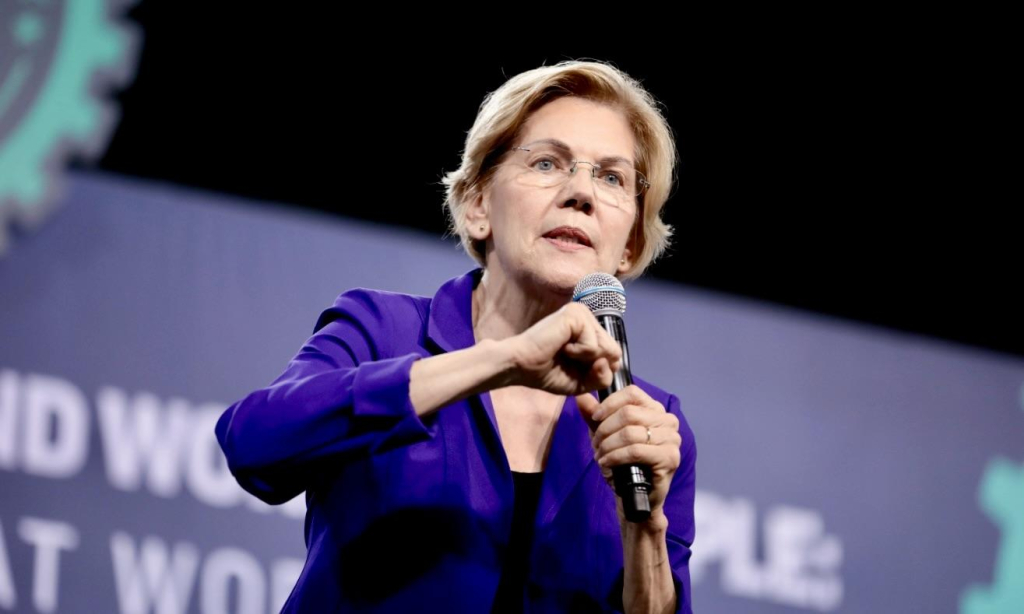Bitcoin’s bull run has entered a new phase, with prices steadily climbing and volatility dropping—mirroring trends in traditional financial markets. Since November 2024, BTC has surged 68% from $70,000 to over $118,000, yet both realized and implied volatility have declined sharply. This marks a shift from previous cycles, where rising prices typically fueled wild swings.
Analysts say the change reflects growing institutional adoption. Volmex’s BVIV index, which measures 30-day implied volatility from bitcoin options, dropped from 70% to 40% since January 2025, its lowest since October 2023. Deribit’s DVOL shows a similar pattern. Unlike retail-fueled parabolic rallies of the past, this cycle is characterized by orderly institutional flows, dampening price fluctuations.
Experts attribute the subdued volatility to structural changes. Institutions are selling covered calls to generate yield, especially with the rise of bitcoin ETFs like BlackRock’s IBIT. These strategies suppress implied volatility, even as spot prices rise. Market makers, balancing risks from long vega exposure, also contribute by selling volatility.
Bitcoin’s 30-day realized volatility has dropped from 85% in early 2024 to around 28%—reflecting the calm. Liquidity depth and the maturing asset profile are key reasons, with large players now requiring more capital to move prices. While macro conditions, such as a weakening U.S. dollar and expected rate cuts, support continued growth, analysts caution that volatility could spike if panic sets in.
For now, BTC’s ascent resembles a steady train ride—less speculative, more strategic. As institutional demand grows, bitcoin’s correlation with volatility continues to break down, underscoring its evolution into a more stable financial asset.

























Comment 0